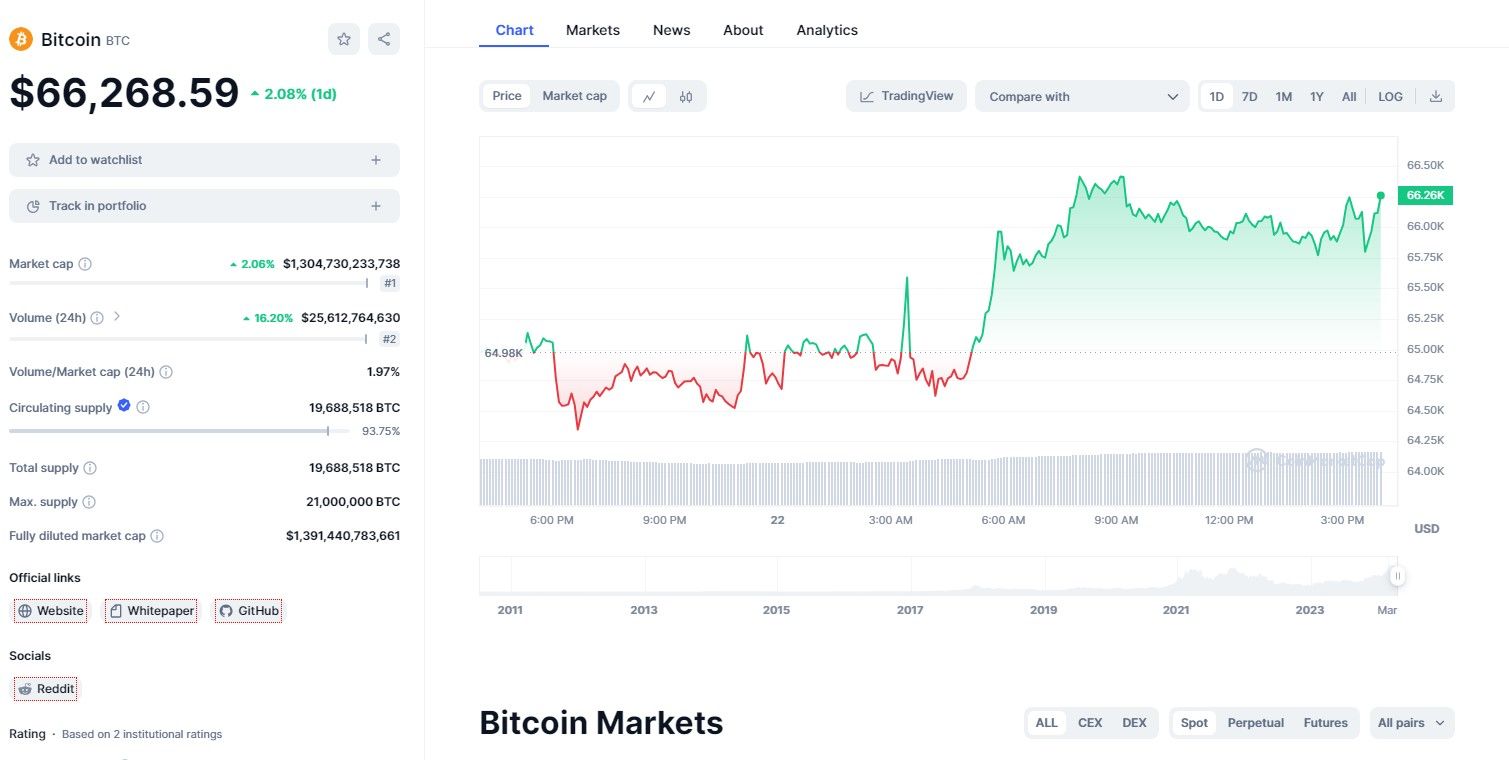
As of the evening of April 22, Ethereum (CRYPTO: ETH), with a market capitalization of $360 billion, holds the title of the second most valuable cryptocurrency globally, trailing only behind Bitcoin in terms of market influence.
Over the past five years, Ethereum’s native token has experienced a meteoric rise, escalating nearly 1,700% in value. This surge would have transformed an initial investment of $1,000 into a remarkable $18,000 today.
Since the onset of 2023, Ethereum has enjoyed a significant uptrend, benefiting from the general rally in the cryptocurrency market. However, it is important to note that this asset is currently trading 36% below its peak. Before deciding to invest during this dip, consider these three essential aspects of Ethereum.

Enhancing Functionality Through Smart Contracts
A defining feature of Ethereum is its ability to support smart contracts. These automated programs execute transactions once all conditions agreed upon by the involved parties are met. For example, consider an escrow service that releases funds when a home buyer fulfills specific prerequisites, all potentially managed by Ethereum without any human oversight, reducing overall costs.
Ethereum’s capacity for supporting such smart contracts makes it highly valuable, particularly when compared to Bitcoin. This is reflected in Ethereum’s extensive range of decentralized applications (dApps), which include everything from gaming and financial services to non-fungible tokens and expansive virtual worlds. This capability to facilitate various applications positions Ethereum as a potential disruptor in numerous traditional sectors.
Path to Environmental Sustainability
Historically, Ethereum operated on a proof-of-work consensus mechanism, similar to Bitcoin, consuming as much energy as a small nation. However, with environmental sustainability in mind, Ethereum’s developers transitioned the network to a proof-of-stake (PoS) system in September 2022, known as the Merge. This change allows token holders to validate transactions, significantly reducing Ethereum’s energy consumption by more than 99%.
The switch to PoS is also aimed at enhancing Ethereum’s efficiency and affordability, increasing its transaction capacity beyond the current limit of 14 transactions per second, especially crucial when network demand spikes.

Navigating Ongoing Technical Challenges
Post-Merge, Ethereum’s development team has outlined four major updates, each targeting specific improvements. The ultimate aim is to cultivate an Ethereum network that is environmentally friendly, efficient, cost-effective, and capable of supporting a vast ecosystem of dApps.
Ethereum leads the pack with the highest number of developers contributing to its evolution, indicating a promising future. The collective expertise of these developers is crucial as they tackle complex challenges to advance the platform. However, the ongoing adjustments to the network also introduce substantial technical risks, with the potential for issues as blockchain technology continues to mature.
For those optimistic about Ethereum, understanding these key elements will provide a clearer picture of what to expect when investing.








By Andrej Kovacevic
Updated on 14th July 2024